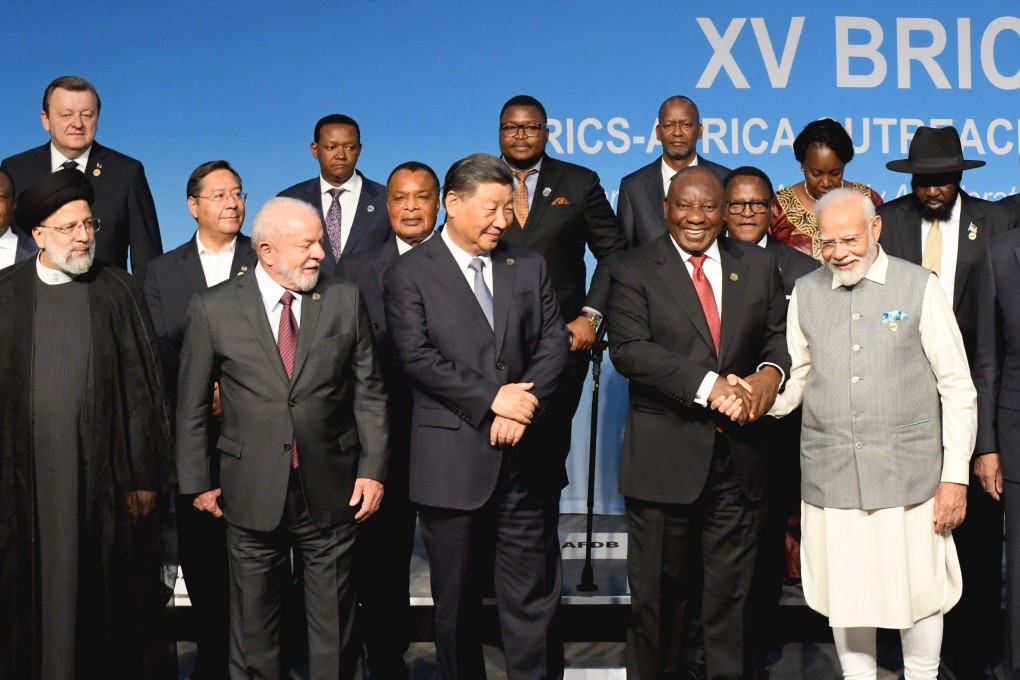Advertisement
Opinion | Brics’ biggest challenge in the near term is not falling apart
- The biggest challenge now facing the bloc is not whether it can reform global governance or introduce a common currency, but whether it can remain united and focused without the politics of future members steering it off course
Reading Time:3 minutes
Why you can trust SCMP
12

In mid-August, the front runner in Argentina’s presidential race, Javier Milei, called for radical changes. If elected, he would bring Argentina closer to the US, reform trade with Brazil, freeze ties with socialist countries, leave the Mercosur trading group, and end Argentina’s relationship with China. Milei referred to China as an “assassin”, pointing fingers at the Chinese government for not respecting people’s freedoms.
Advertisement
A little more than a week later, it was announced that Argentina would join Brics, a grouping that currently comprises Brazil, China, India and Russia, in addition to South Africa. If Milei is elected as Argentina’s next leader, it will not just create challenges for South America, but for Brics as well.
Brics+ was inevitable. But the nations that have been added – Argentina, Egypt, Ethiopia, Iran, Saudi Arabia and the United Arab Emirates – bring a new sense of uncertainty and fragmentation to the bloc.
By expanding the group the way it has, Brics has actually become more fragile than it has ever been. Its future is truly unknown.
There are several reasons for this. First, since its inception, Brics has been a grouping of new economic powers who shared objectives in areas like development and trade.
Advertisement
But, by adding Iran, the environment within Brics fundamentally changes. China and Russia are already facing off with the United States in their own ways. The inclusion of Iran, however, creates a new “axis” within Brics with the US as the core antagonist.

Advertisement
